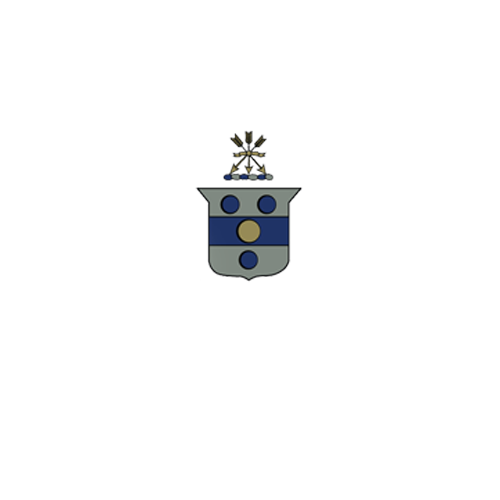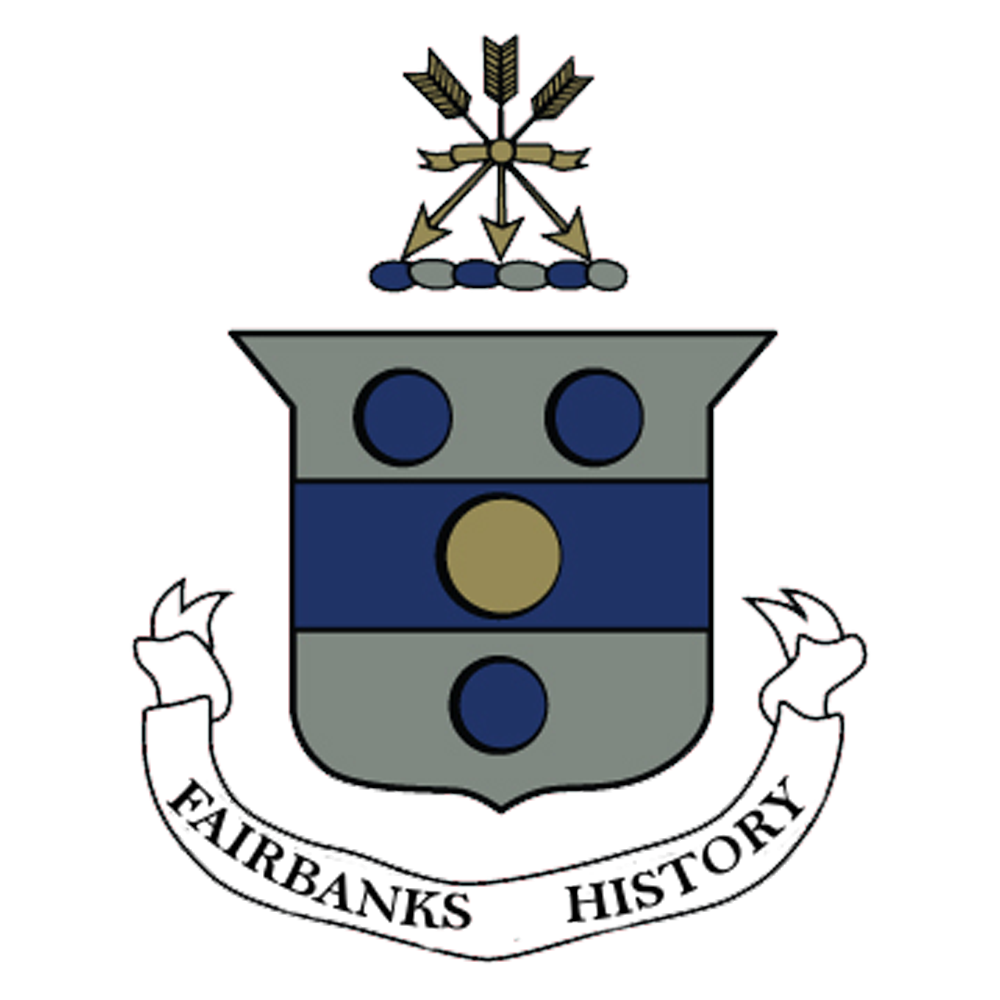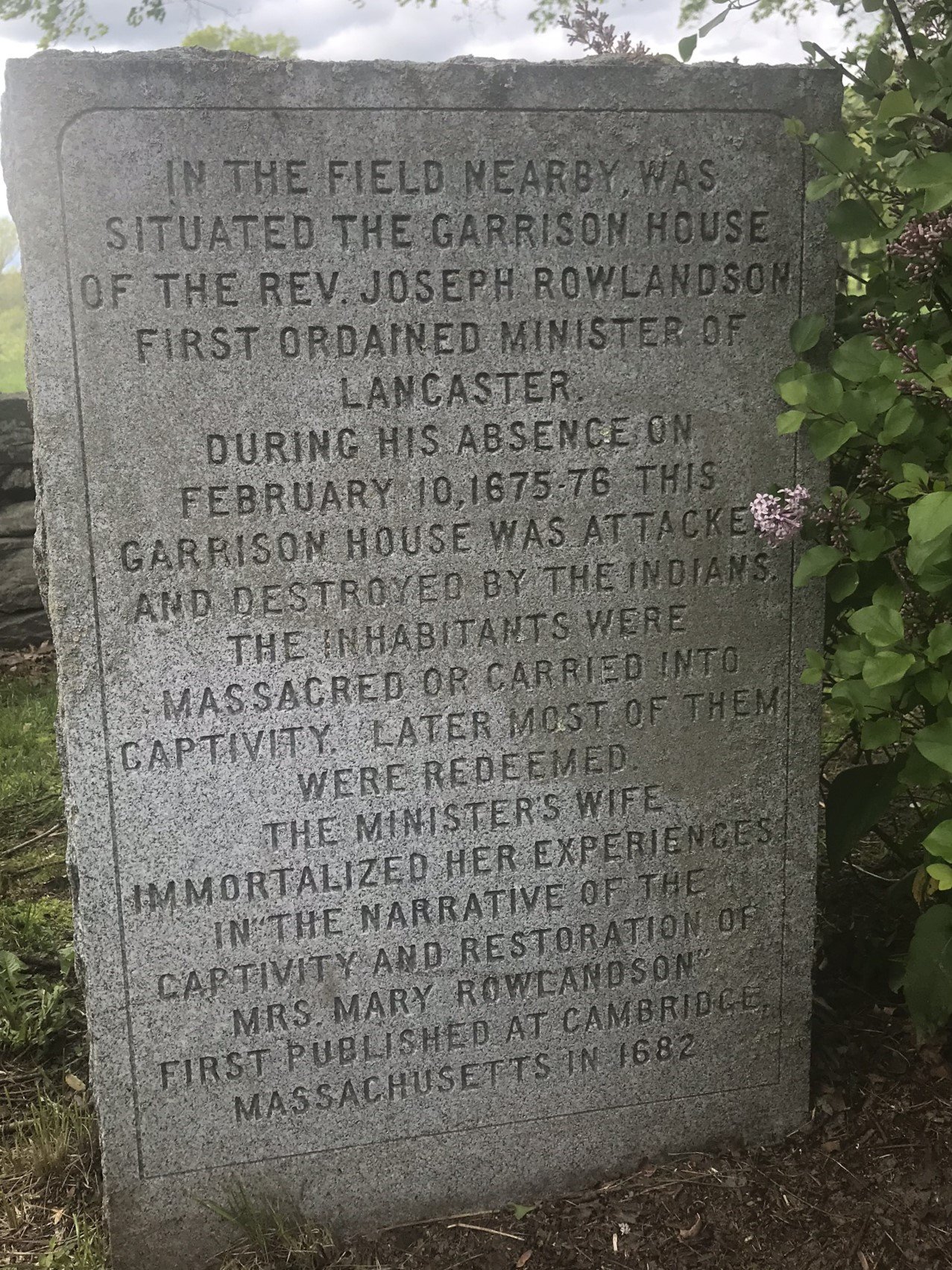The Fairbanks Family Role Assuring Safety of their Family, Towns and Colony
Fairbanks Voyage From England: Fear of Pirates
The voyage from England to the New World was dangerous in itself. Ships that came to the Massachusetts Bay Colony were usually equipped with canons and traveled with other ships to assure safe passage against pirates. The passengers were located in the tween deck where the canons were mounted. We don’t know the ship nor any information of the Fairbanks’ voyage, but most likely they were ever aware of the dangers of pirates at sea.
Early Days in Massachusetts Bay Colony
The Fairbanks would have been informed that the Native Americans didn’t always approve of the new settlers of New England. Early, MBC planned their towns within 15 miles of each other along the coast to assure help in case of an attack. In 1632, the Colony Government tried to impose a tax on all towns to stockade Newtowne (Cambridge) for the safety of the coastal dwellers. Watertown for one opposed this saying it was taxation without representation. There were hundreds of colonists arriving and relocating to the few established towns. Later, the developed towns, like Cambridge and Watertown, complained of overcrowding by new settlers. In May of 1635, MBC repealed the ban on settlers moving out of the coastal town.
Near the time Jonathan and Grace Fairbanks arrived at Boston, and probably settled in Watertown, the Watertown trader, John Oldham, was killed by Native Americans. On July 1636, while on a boat on a trading expedition to Block Island (a part of Rhode Island), Oldham with several other men and two nephews were attacked. The nephews were unharmed and taken to Boston.
For several years, John Oldham operated a successful trade business with the Natives at his trucking house (trading house) on the west side of Watertown. He and ten men traveled west to the Connecticutt River Valley to Pyquad to trade. The Natives encouraged them to settle a new village there for added protection from other Natives tribes who preyed on and dictated to the Natives Oldham traded with. The English men soon settled a village called Werthersfield.
The MBC sent men to find the murderer of John Oldham. The leader of those troops proceeded to destroy recently abandoned Native villages and all their supplies within that area.
Dedham ( known early as Tiot by the Natives and Contentment by the settlers) was about 100 miles from Block Island. The new Dedham settlers were working the ground and setting up homes in 1636 when Oldham was killed. The MBC called for watch and ward, day and night sentry, for the protection of each individual town. Each man was required to have a gun and ammunition. The Fairbanks were not settled in Dedham at that time, but if they were in Dedham helping those opening the land, they could have been involved in the watch and ward.
The military service was mandated for ages 16-60. However youth of 10-16 may have trained with small guns and bows and arrows. By 1636, Jonathan was about 42 years old. John and George were 16 years old and older. Samuel Bullen, the indentured servant, was probably about John’s age. Twelve-year-old Jonas would likely want to take part, but could have been kept home to protect the family. If the Fairbanks were not helping in Dedham, they would have similar duties where they lived. Every town was on alert. Every town was required the same militiary actions.
Dedham’s First Training Field
Militia training was an ongoing requirement. Dedham’s old training field is designated today by historical markers. It’s a short distance west of the first church grounds. On Dedham’s second grant request in September 1636, more land for training grounds was requested.
In 1637, no man could travel one mile from town without being armed, unless near other houses. In 1643, the Narrangansets and Mohegans were in conflict between themselves. Again, Massachusetts Bay Colony denied people to leave the established villages to resettle without special permission.
Massachusetts Military Company
Image found at Ebay for BalckbeardsreSailshop
The Massachusetts Military Company was established in 1638 for the "advancement of military art and exercise of arms.” This was an elite group of men who gathered near Boston once a month for advanced training with the latest military equipment. They even had special green uniforms with red tape. Eleazur Lusher, the military leader of Dedham, joined this elite group in 1638. This group of men trained under the Latin motto “Deeds Not Words.” Eleazure Lusher encouraged others such as the Fishers of Dedham to join.
In 1644, George Fairbanks (son of Jonathan and Grace), Robert Crossman (whom Jonas worked with at Hammersmith in later years), Anthony Fisher, and George Bearstow joined the Massachusetts Military Company and started their monthly trainings under Captain Robert Sedgwick. This company later became know as the Ancient and Honorable Military Company of Massachusetts, the third oldest military company in the world.
King Philip’s War
At least three of the four Fairbanks sons had a role in the King Philip’s War, the deadliest, bloodiest, and most costly war per capita of this soil. John was the only son that was not mentioned in the book by Bodge.
Telling you the details of the King Philip’s War is out of the scope of this blog. I will only give you the background needed to understand the role of each of the Fairbanks sons. Most of my information comes from George M. Bodge’s Soldiers in King Philips War published in 1891.
At the formal start of King Philip’s War, three companies gathered in Dedham Plains. They were all there on December 9, 1675, before they moved south to confront the Natives who had been in skirmishes with the settlers earlier. There was a foot company under Captain Daniel Henchman. Captain Mosey commanded the volunteers. Captain Prentice led the men on horses of which Jonathan Jr. was a part.
On Page 39 of the book by Bodge, Jonathan Fairbanks Jr. is named as one of the men who was on the first campaign at Mt. Hope. The narrative of the duties of his troops is on Bodge’s page 38. In July, some of his troops were called to Wrentham where both he and John, his older brother, had land and possibly houses. Jonathan was listed on that roster dated August 27, 1675.
The next mention of Jonathan Fairbanks Jr. was from February 1675/76 to May 1676. Jonathan Jr. was under Major Savage and Lieut. Gillian. You can read about the leaders to discern the actions of the youngest Fairbanks son. Jonathan Jr. would have been about 25 years old at the time. He was one of the more generously paid of the soldiers. At the start of this tour of duty, his brother, Jonas, was under attack at Lancater, MBC. Jonathan Jr. was commissioned to that general area much of the time he traveled with his troops.
In August of 1675, there was an Native raid on Lancaster, MBC, where Jonas and Lydia (Prescott) Fairbanks lived with their children and the rest of the Prescott family. The Fairbanks and Prescott families were likely friends since Sowerby, England. On February 10, 1676/1675 the Natives once again attacked Lancaster early in the morning. It is believed that Jonas Fairbanks, his son fifteen-year- old Joshua and brother-in-law, Richard Wheeler, were outside a Richard Wheeler’s garrisoned house. The three men were killed before the Natives attacked the garrison house of Reverend Rowlandson where many more were killed and taken captive before military support arrived. Mary Rowlandson, the minister’s wife, described the attack on Lancaster and her captivity and release by the Natives in Sovereign and Goodness of God. There are many different renditons of this book that may be easier to reading.
All the survivors of the attack on Lancaster gathered in two garrisoned houses. Lydia and Jonas’ children and Lydia’s sister, Sarah, and her children were unharmed. Lydia signed the petition to the MBC asking for help evacuating the destroyed town and to return the remaining people to safety in the coastal towns. They were attacked February 10, 1675/76 but were not rescued until late March 1675/76 ( Bodge, page 78).
Eleven days after Jonas was killed in Lancaster, the Natives attacked Medfield. George and Mary (Adam) Fairbanks’ house was garrisoned. Many people of Medfield, especially those on the west side of the Charles River, sought refuge in their house. None of George’s family were harmed. The lore has it that a burning cart was sent rolling down the hill behind George’s house, but it was stopped by a rock. Otherwise the circumstances might have ended much differently. Others in the town, lost their houses and/or their lives.
It is interesting to consider that Dedham was the back up in case Medfield was attacked. There was no alarm sent by cannon or otherwise to inform Dedham of the attack until too late.The skirmish was relatively short. Dedham was never involved in any Native military conflict other than being the staging area for the settler’s troops.
There was a garrison house at Wrentham in November 20, 1675. Wrentham was known early as Wollomonopaug when it was purchased from the Natives in 1662. John and Jonathan Jr. took land there during the early settlement. The town was incorporated in 1673. In 1676, many of the people of Wrentham evacuated the town and returned to Dedham, their mother town of 15 years earlier. The town legend says two houses were burned quickly but there were no loss of lives. The town was abandoned before there was any fighting. Four years later, the residence retuned and rebuilt.
Later, Jonathan Jr. went with his troops through Lancaster on March 28th, 1676, with Major Savage. Savage said the town of Lancaster is wholey deserted (Bodge, page 57).
On April 19th, Jonathan Fairbanks Jr. petitioned then MBC goverment for custody of a previously captive Praying Native girl he helped rescue from the warring Natives. According to the petition, Captain Gibbs led the rescues, the girl road on back of Jonathan Jr.’s horse to safety in Marborough. That safety was short lived. The Natives rescued at that time were sent to Deer Island, equivalent to a concentration camp for the Natives during King Philip’s War.
It should be noted, during Jonathan’s time in the service, his division was instructed not to attack the warring Natives in one area because of insufficient supplies and sickness among the troops Mass Archives Vol. 68 p 235.
Jonathan Jr.’s stations of duty can partially be tracked by his pay records. By June 24, 1676, Jonathan Jr. again was well paid under Captain Nicholas Manning (Bodge, page 233). It appears Jonathan was stationed at a garrison house in Roxbury part of the time. Again, well paid (Bodge, p 308).
The men that were not on active duty, even the wives and children of men on active duty, would have been instrumental in the survival of the colonies. They would have been responsible for the men’s work while their husbands and sons were away. The elderly, women and children along with soldiers sent to help to protect them were responsible for their homes and their town.
Descendants of Fairbanks through Daughters
Mary Metcalf Smith and Susan Day
So often in the 1600s the families of the daughters weren’t noted. In Bodge’s book, I found the name Day cited with many different given names. To find these, open the Bodge book on the internets and in the search bar write Day. I will not communicate what I found on this blog, because there is no way to discern which ones were Fairbanks descendants. If you know the lineage of any of these to the Fairbanks through Ralph and Susan (Fairbanks) Day, please share the details and resources with me.
One such entry is the assignment of wages in Bodge’s book on page 307. Two men named John Day were each paid for their assistance at the town of Dedham under Timothy Dwite. These were probably descendants of Ralph and Susan (Fairbanks) Day.
In another location there was a John Day at the Wrentham Garrison which also may have been a descendant of Susan (Fairbanks) and Ralph Daye.
Mary was married first to Michael Metcalf Jr. who died early. She married Christopher Smith second. I found no entries in the Bodge book for Metcalf. I found numerous entries for Smith, a quite common name. There were too many to search them all unless a line could be recognized. Again, you can research it on the Bodge internet site and put Metcalf or Smith in the search bar or go to the index pages. History discovery is a team effort. Please share your discoveries with me.
The Prescott Protectors of Their Land and Nation
The Prescott family likewise participated in this and the following military actions of this country. During King Philip’s War, the sons of John and Mary Prescott and Jonas Fairbanks’ brother-in-laws were significant in King Philip’s War. They also can be found at the Bodge site by typing Prescott in the search bar or looking at the index.
This was only the beginning of the Fairbanks family’s participation in protecting their land and our Nation. The name Fairbanks can be found in all military action of this country from the beginning of the colony.
We have our ancestors to thank for the lives we are able to live today.
Coming Up!
Celebration of America250
Have you heard about the celebration America 250? It is a historical celebration. The driving organization for this celebration is easily accessible on the internet by using that title for a full explanation.
The celebration has begun by recognizing the events and efforts leading up to the American Revolution which occurred 250 years ago. The Fairbanks House and Fairbanks Family in America, Inc. want to participate by telling the stories of the descendants of the Fairbanks family who helped to make this an independent and democratic nation. Start looking for your Revolutionary Patriot that descends from the Fairbanks. We encourage Patriots that descended from the orginal Fairbank(s) with other surnames to participate also. Next month the blog will be about some of the Fairbanks Patriots and how you can participate and have your own ancestors recognized. Our family search will continue until July 4, 2026 when the nation will celebrate the 250th anniversary of the signing of the Declaration of Independence. Don’t wait. We want as many of Fairbanks descendant Patriots or Loyalist as possible to be included.










